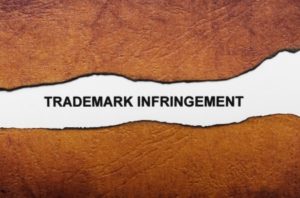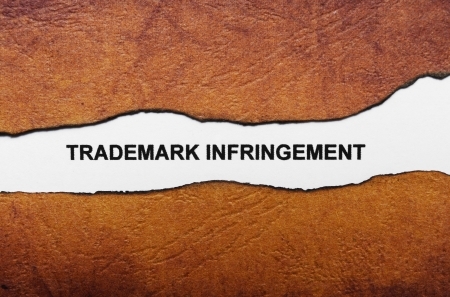 We are often contacted by clients who want to block registration of a competitor’s trademark because it’s too similar to their own. In some cases, the method we use to accomplish the client’s objective is to file a letter of protest with the U.S. Patent and Trademark Office (“PTO”) on behalf of the client. These types of letters can be most helpful in delaying or even avoiding the filing of a costly inter partes opposition with the PTO to block registration. The ultimate goal of a letter of protest is to relatively quickly and simply persuade the PTO to refuse registration of the third party’s trademark application. To succeed before the PTO, however, you must follow the rules. Some highlights of those rules follow.
We are often contacted by clients who want to block registration of a competitor’s trademark because it’s too similar to their own. In some cases, the method we use to accomplish the client’s objective is to file a letter of protest with the U.S. Patent and Trademark Office (“PTO”) on behalf of the client. These types of letters can be most helpful in delaying or even avoiding the filing of a costly inter partes opposition with the PTO to block registration. The ultimate goal of a letter of protest is to relatively quickly and simply persuade the PTO to refuse registration of the third party’s trademark application. To succeed before the PTO, however, you must follow the rules. Some highlights of those rules follow.
A letter of protest should contain only factual evidence so it doesn’t compromise the objectivity of the PTO’s examination process. To that end, the evidence attached to a letter should not identify the trademark owner who filed the letter of protest. While the owner’s name is almost always included in the letter itself, only the attached evidence is forwarded to the PTO’s examining attorney for her consideration when deciding whether or not she should refuse registration of the new trademark. The PTO also considers irrelevant prior uses of a mark, actual instances of consumer confusion, and ownership of unregistered marks. This type of evidence is better suited for an opposition proceeding if you find you have to bring one.
One of the most common types of letters of protest asks the PTO to refuse registration of a trademark application on the ground of likelihood-of-confusion with an existing registration or earlier-filed application. We have, in fact, filed many letters of protest with the PTO over the years that contested an application on just this basis.
For instance, let’s say a trademark owner notices that a mark in a recently-filed application is confusingly similar to the owner’s previously-applied-for or registered mark. If both parties’ applications or registrations cover identical products or services, the evidence accompanying your letter of protest could consist of the serial or registration number of the earlier application or registration. Literally, it could be as simple as that.
If the parties’ applications or registrations cover related products or services, the PTO requires the trademark owner challenging the application to show that the products or services are indeed related. One way to show relatedness is to attach copies of third-party registrations based on “use in commerce” that encompass both parties’ products and services within the same registration.
Finally, when it comes to letters of protest, less is more. No really. PTO has denied letters that are too long. They’re busy after all. Include only the most relevant evidence; meaning include no more than 10 to 15 examples. In rare cases when there is a good reason to submit more than 75 pages of evidence, the PTO requires trademark owners to include an index to help the it parse the evidence. We have submitted letters of protest on behalf of clients where the marks cover identical (or very closely related) goods or services that are less than 10 pages long accompanied by a modest amount of evidence, and have blocked registration of pending trademarks. But, we’re pretty good at this type of thing.
See also Copyright Infringement Can Ensnare Unsuspecting Artists
Finkel Law Group, with offices in San Francisco and Oakland, has extensive experience helping our clients navigate registration of their trademarks through the U.S. Trademark Office, licensing those trademarks for commercial gain, and enforcing trademark rights in administrative proceedings before the TTAB and in federal court. When you need intelligent, insightful, conscientious and cost-effective legal counsel to assist you in understanding new laws that may affect your company’s intellectual property rights, please contact us at (415) 252-9600, (510) 344-6601, or info@finkellawgroup.com to speak with one of our attorneys about your matter.

